
Unlocking Career Growth: Strategies for Advancement and Professional Development
Professional development or advancement is continuous, even when an individual is already employed. Besides, it unlocks an employee’s potential and mutually benefits the employee and their employer.
In today’s competitive business world, employee retention is essential. Unlike a few years ago, wage increases alone won’t keep talented employees. This is where employee professional development matters. A recent survey showed that more career development and advancement opportunities are needed, which is the number 1 reason why employees left their jobs between 2021 and 2022. More statistics depict that 58% of employees say professional development contributes to job satisfaction.
This article looks into various strategies employers and human resource (HR) managers should consider to promote professional development in their organizations.
Understanding Professional Development
Professional development refers to acquiring and applying new/advanced skills, knowledge, and experiences to help employees succeed in their current and future job roles. It can include employees taking workshops, participating in a mentorship program, cross-training, or earning a professional certificate. Different practices help in professional development.
Why is professional development significant? As outlined above, professional development benefits an employee and their employees. They include:
- Boosts employee retention
- Attract better talent
- Improves employee performance
- Increases employee engagement
- Helps employees reach their full potential
- Boosts employee employability
- Enhances employee confidence
- Helps employees stay up to date with new industry trends
5 Effective Strategies to Promote Employee Professional Development
i. Empower employees to create a career development plan.
A career development plan outlines an employee’s personalized roadmap to help employees achieve short and long-term professional goals. The process should start during onboarding to create an effective professional development plan. It should also be tailored to suit an employee’s professional needs. More importantly, evaluating an employee’s current skills and competencies is essential as it forms their career development plan’s foundation (starting point).
Employers/organizations should also consider providing employers with standardized resources (career workshops, webinars, ebooks, guides, etc.) that help employees create professional development plans. It may also include giving employees access to competent career coaches for professional assistance.
Why should an employer get involved in their employee’s career development plan? First, it shows employees you’re interested in their career growth, boosting organizational culture. Secondly, it prepares employees for promotions, job function changes, and organizational advancement opportunities. Above all, it helps employers in workforce planning and talent management.
ii. Offer continuous training and learning opportunities.
Do you want your workforce to remain competent in their job functions? Is your organization up to date with the industry trends? Or do you want to increase employee performance? The best way to stay competitive and ahead in an ever-evolving world is by offering employees continuous opportunities to acquire new and relevant skills and knowledge. It can be achieved through online courses, professional development programs, internal training, or formal education.
iii. Encourage professional networking and relationship building.
Networking and relationship building is considered lifelong career management strategy. Here is how networking can help you unlock employees’ career growth:
- It creates an avenue to exchange ideas
- It increases the potential to discover new career opportunities
- Growth of self-confidence
- It allows employees to meet professionals at different levels
- It helps boost career status
So, how can employees network and build professional relationships? Below are three ways to go about it:
- Encourage employees to use social media platforms, especially LinkedIn, to grow their professional network.
- Attendance of events and conferences relevant to their work, interest, or academic pursuits.
- Join communities (in-person or virtual communities) to make connections with members who share similar professional backgrounds.
- Share knowledge with others. It can be through writing/sharing articles or featuring on a podcast.
Note: Networking and building professional relationships require being proactive and providing value to others.
iv. Create an environment that encourages professional advancement.
A healthy organizational culture is an effective way to support professional advancement. Among the practices that can help employers to create a culture that promotes career growth include:
- Offering career growth opportunities
- Prioritizing employee well-being
- Having an employee recognition and reward system.
- Providing employees with feedback in real-time
- Building strong communication channels
v. Establish mentoring program within the organization
A mentorship program within the organization is an excellent way to support employee growth and professional development. Experienced and senior staff members may offer professional guidance and insights to less-experienced and entry-level employees. As a result, transferring first-hand knowledge and skills sets them ahead in their career path. Conversely, senior staff members can learn a few things from younger employees. More importantly, this kind of program is essential for improving employee engagement in the workplace.
Bottom line
Employee professional development is an essential aspect of an organization. While employees grow their knowledge and skills, the business also benefits from increased efficiency and productivity. Additionally, it promotes employee engagement and reduces turnover in an organization. They promote professional development in a win-win situation for employers and employees.
References
- https://www.forbes.com/sites/forbesbusinesscouncil/2021/06/03/10-ways-managers-can-support-employee-career-growth/?sh=150582557ab7
- https://www.glassdoor.com/employers/blog/support-professional-development/
- https://www.workramp.com/blog/support-employee-career-growth/
- https://www.roberthalf.com/blog/management-tips/7-ways-to-support-employees-career-advancement#:~:text=2.-,Promote%20training%20and%20development%20of%20employees,will%20further%20their%20career%20advancement




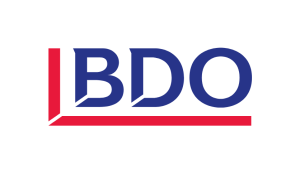
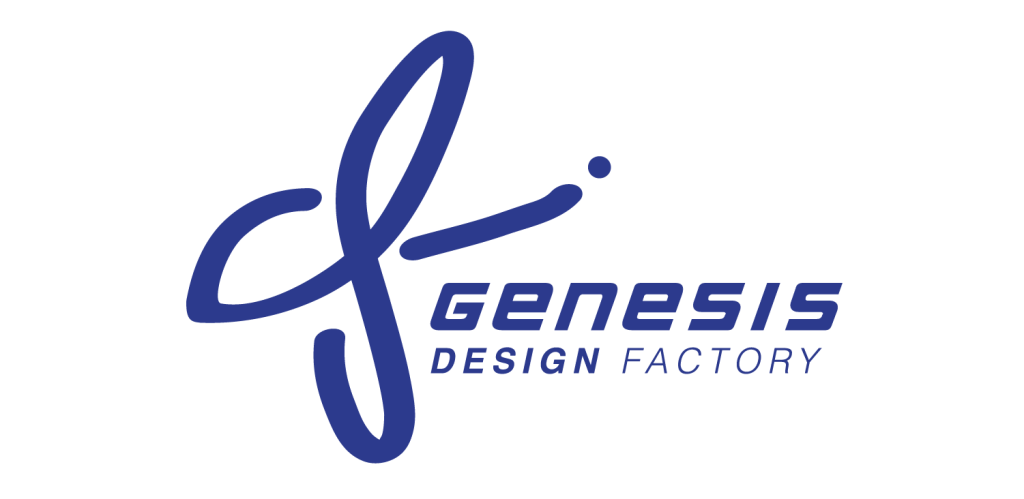
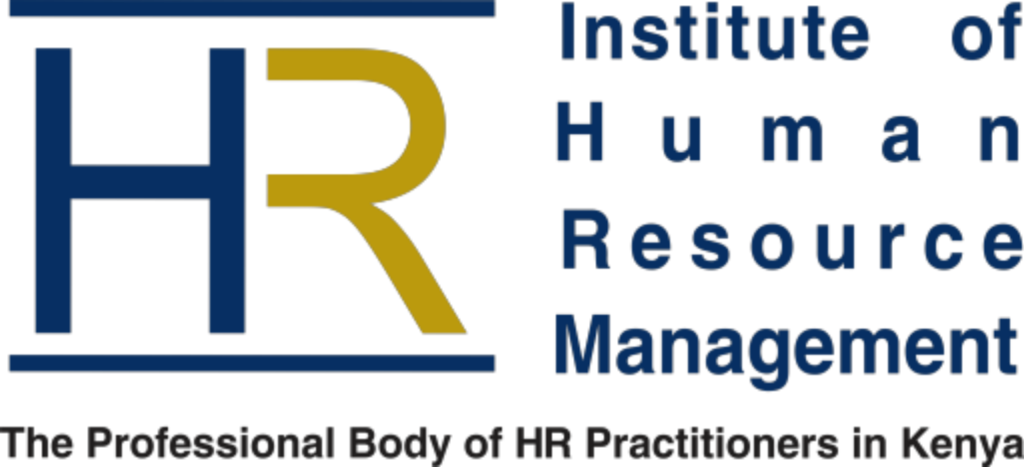
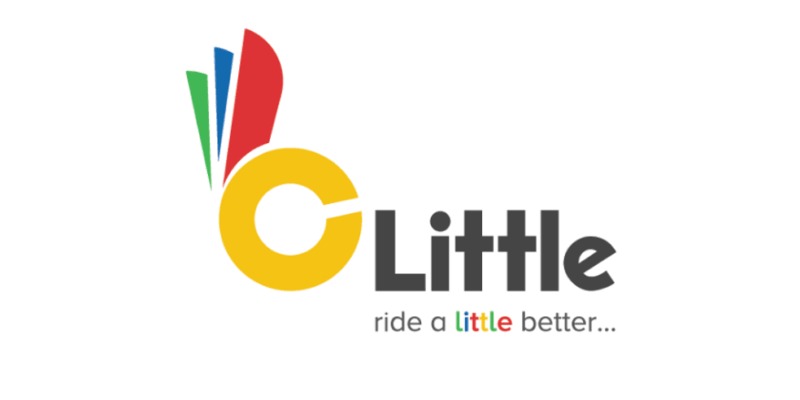

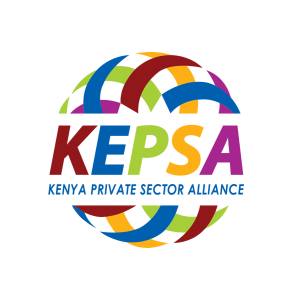
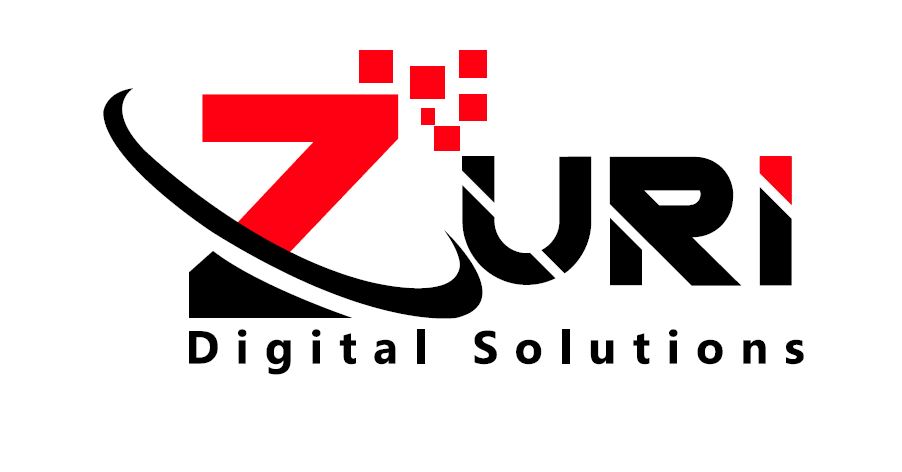


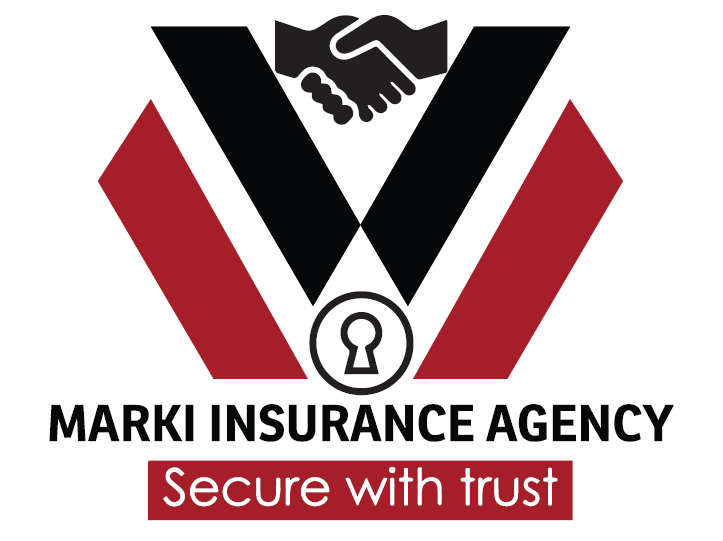











1 Comment
[…] One of the challenges managers have when implementing targeted training programs is getting employees excited and willing to participate. Employers can get employees interested in targeted training by highlighting the value of the programs. Managers should communicate how the training helps them perform roles more effectively, adapt to digitization changes, and advances their career. […]
Comments are closed.